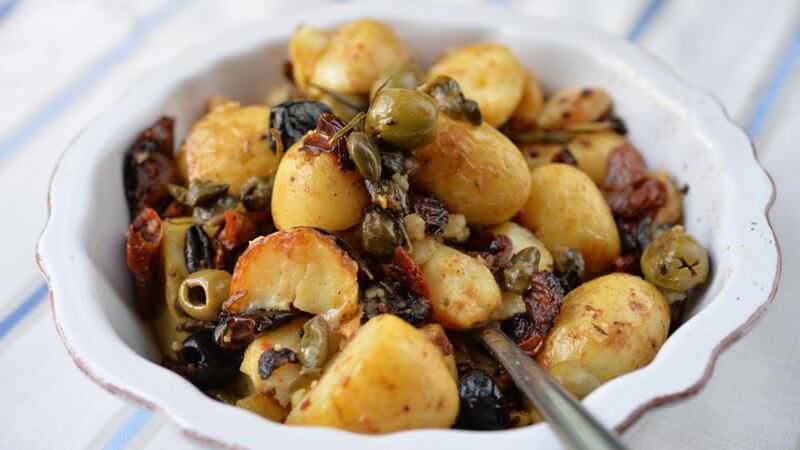Not for nothing do the French use the nickname rosbif to describe the British, but it's not only the British who love their beef. We Irish have enjoyed a long love affair with this succulent, robust meat and, with the quality of the beef on our doorstep, there's no sign that it's going to stop any time soon.
At the risk of sounding like I work undercover for a beef baron, I’d be neglecting my foodie responsibilities if I didn’t at least occasionally highlight just how good Irish beef is. I figure it has a lot to do with our strict regulations governing meat production, but you can’t overlook the fact that all that lovely grass the cattle eat, almost year-round in one form or another, produces fantastic flavour.
When the flesh is cooked, that diet of greens translates into melting tenderness. As for the thorny issue of how to cook more tender joints such as fillet or sirloin – rare, medium or well-done – I have to admit to a preference for meat towards the pinky/red end of the spectrum, as the meat is inevitably juicier. Dry, chewy beef is a terrible thing.

But if it’s cooked properly, well-done doesn’t have to mean overdone; just remember that the meat continues to cook once it’s removed from the heat. I try to instil in anyone who cares to listen to my culinary rants that meat should rest for nearly as long as you cook it.
So in this case, at least 40 minutes. And look here: if you take it out, rest it, slice it and find there are a few bits that are too gory and rare, just bung the slices back in the oven for a bit. If you can’t bear the inexactness of those last couple of sentences, then buy a meat thermometer. A reading of 55-60 degrees is medium rare, 60-65 degrees is medium.
This principle is perfectly encapsulated in the first of this week’s recipes. This roast sirloin is a wonderful dish for a long, lazy Sunday lunch. It’s straightforward to make, but I have to insist that it’s cooked rare. After it has been marinated in garlic and thyme, the meat gets a prolonged blast of heat to seal in the flavour and the juices. When cooked, it’s then sliced thinly and served with a robust, lip-smacking mustard dressing that would cure any hangover.
The other recipe is similarly simple but tasty – sort of Italian roast potatoes. You won’t need to add salt to this as there will be enough already present in the olives, tomatoes and capers that are cooked with the potatoes. The key to this recipe is to take the spuds out halfway through and rough them up a bit – give them a good going-over with the back of a wooden spoon. This creates more surface area which then caramelises nicely in the juices and oils.













